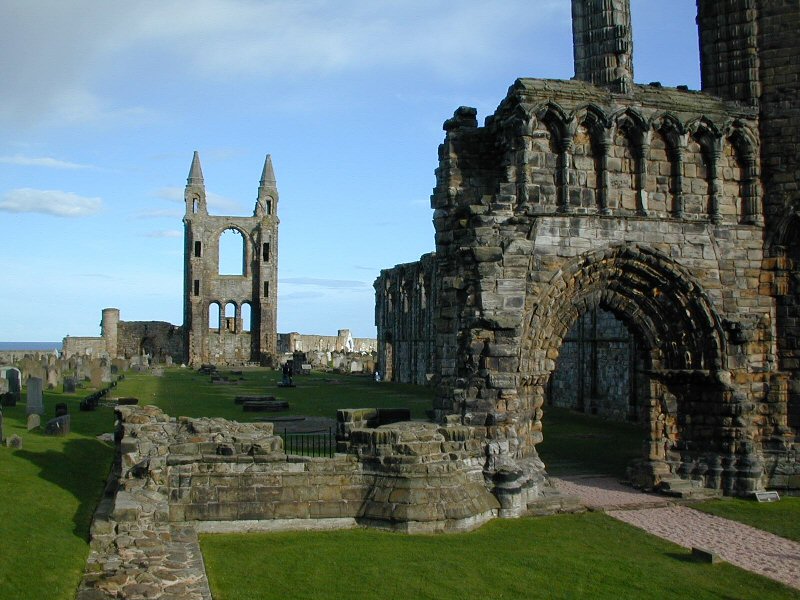Blog
The Way of St. Andrew in Scotland, an Atlantic Custom
The example of the Way of St. James has opened up more than one route beyond continental Europe. While we have previously written about how the Jacobean example has reached as far as Japan, today we focus on an initiative in another Celtic country: Scotland. The Way of St. James enjoys recognition and support in Alba; so much so that another pilgrimage has arisen. The Way of St. Andrews has set an ambitious goal: equalling the 200,000 pilgrims that come to Compostela every year. The Way of St. Andrews reflects the Atlantic custom –who knows when it was Christianised– of visiting a seaside sanctuary.
The point in common between Galicia and Scotland is the worship of St. Andrew. Before the worship of St. James founded a thousand-year-old custom, it is said that inhabitants from different communities came on a pilgrimage to this northernmost part of Galicia from the Iron Age onwards. The traditional pilgrimage to San Andrés de Teixido resulted in the famous Galician saying: A San Andrés de Teixido vai de morto quen non foi de vivo (Those who did not go to San Andrés de Teixido when alive will do so when dead).
The Way of St. James has some points in common with the road to Teixido: it was also a massive pilgrimage in Scotland until an event change the meaning of the pilgrimages; in this case, the Protestant Reformation of the 16th century initiated the decline of this pilgrimage. Today St. Andrews is a locality that is better known for its university, one of the oldest in Great Britain, and the place where Prince William studied.
The Way of St. Andrew is trying to revive itself as a route aimed at tourists visiting the country, as well as hikers and cyclists. As in Santiago, there are several routes according to the starting points, all of which are found in Scottish localities. Each of the itineraries is called after a typical Scottish saint as follows:
The route from Edinburgh is known as St. Margaret’s Way. Another road that starts in Aberdeen is called St. Duthac’s Way. The one known as St. Wilfrid’s Way starts in Hexham. Another of the routes starts in Iona and is called after St. Columba. Finally, the Ladywell Way starts in Motherwell.
Although this is a recent initiative, the promoters of the Way of St. Andrews have studied the Way of St. James closely: there is a card for stamping along the Way, detailed routes highlighting things to see in each of the localities through which it passes and a destination: the monumental ruins of the St. Andrew’s Cathedral. If you would like to learn more about this route, we recommend visiting its website.

The itinerary of this route is an excellent way of exploring the incredible country of Scotland. We wish the promoters of this Way all the best.
This Celtic country is one of the main sources of pilgrims that come to Santiago de Compostela. The Way is more popular there than in other English-speaking countries in Europe. Fairway will feature the Scottish company Walk the Camino among its Hosted Buyers, as one of the most important tour operators related to the Way of St. James in English-speaking countries.